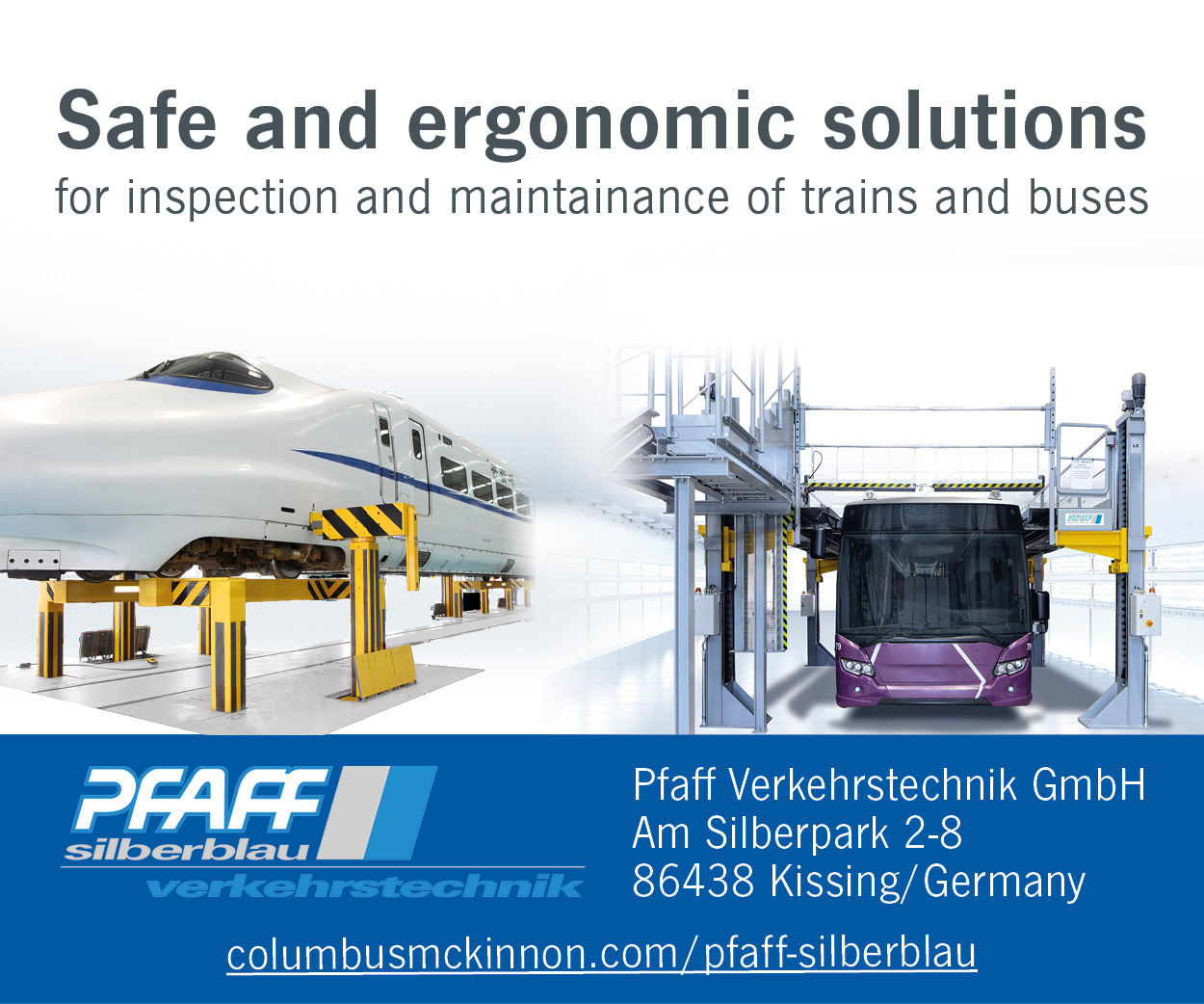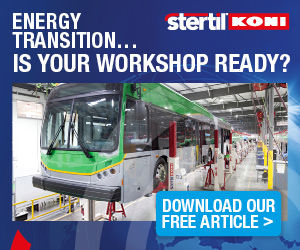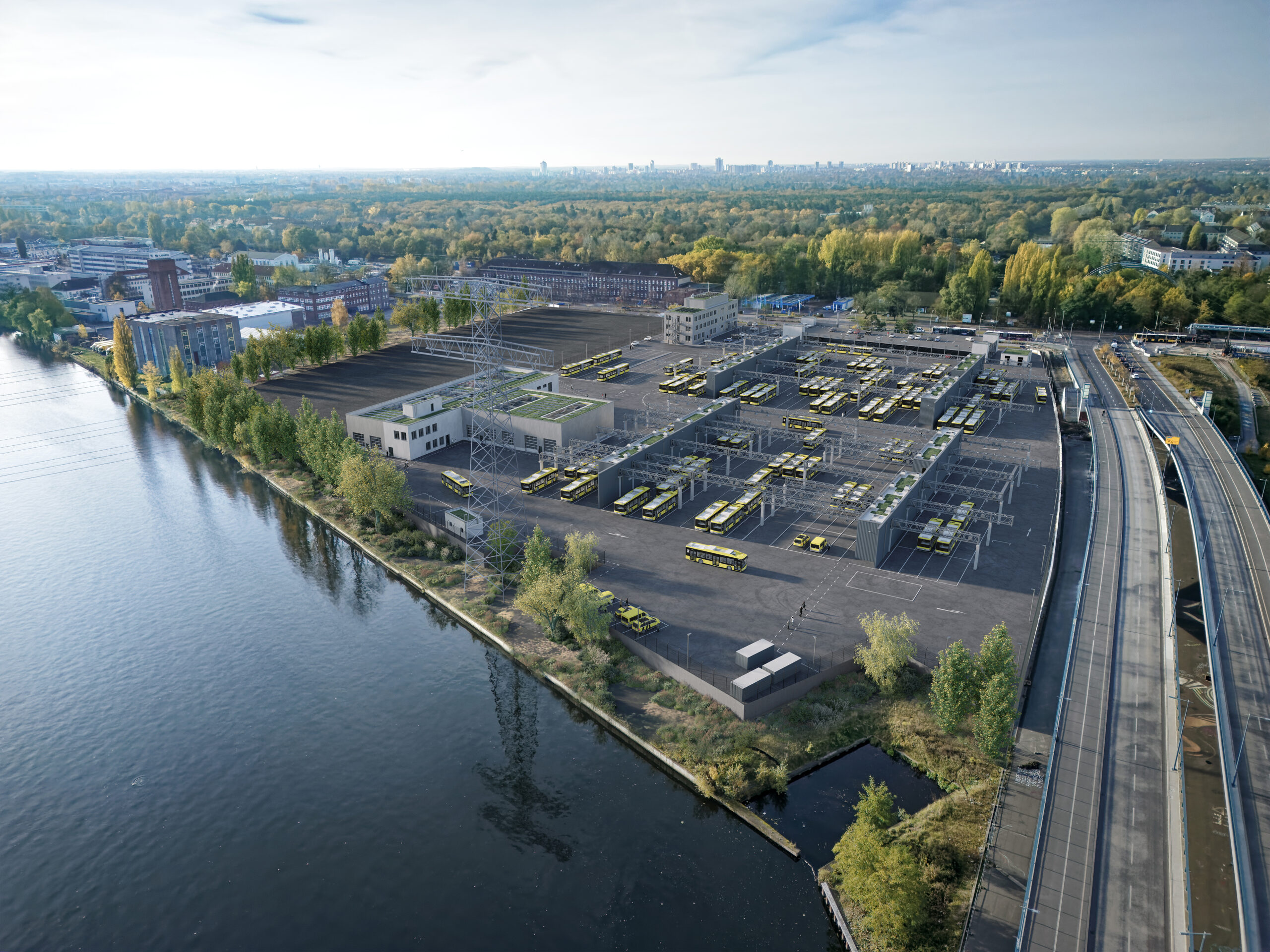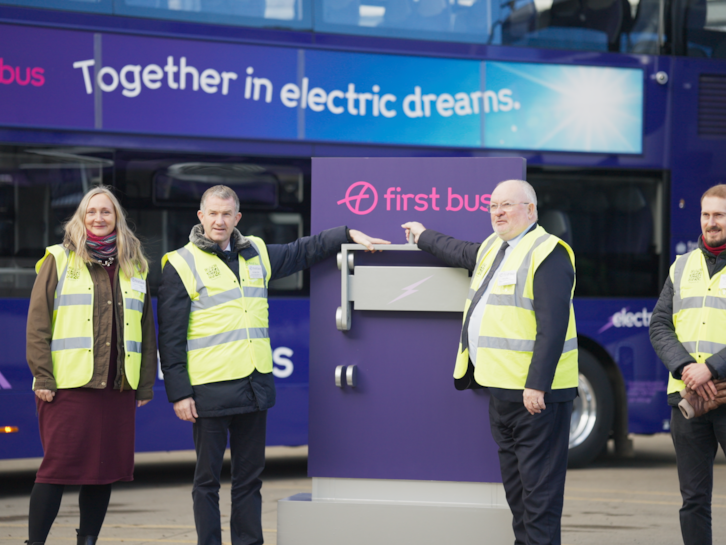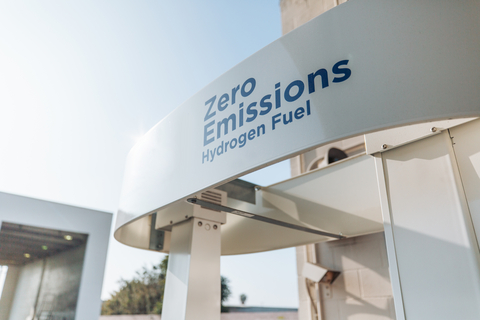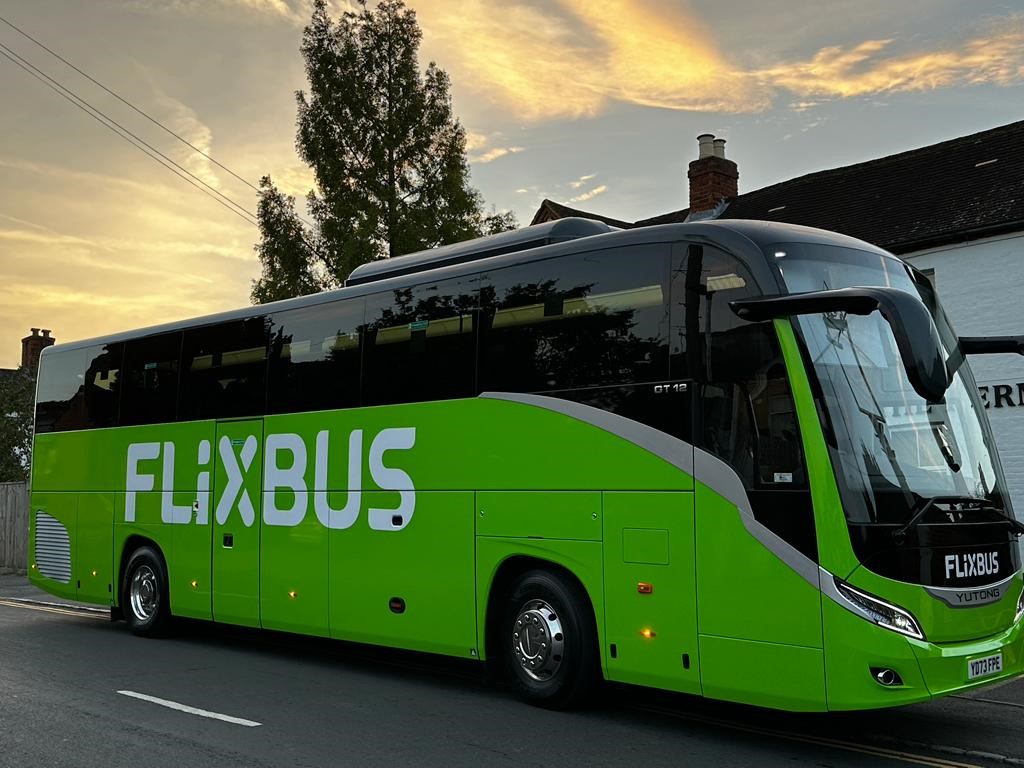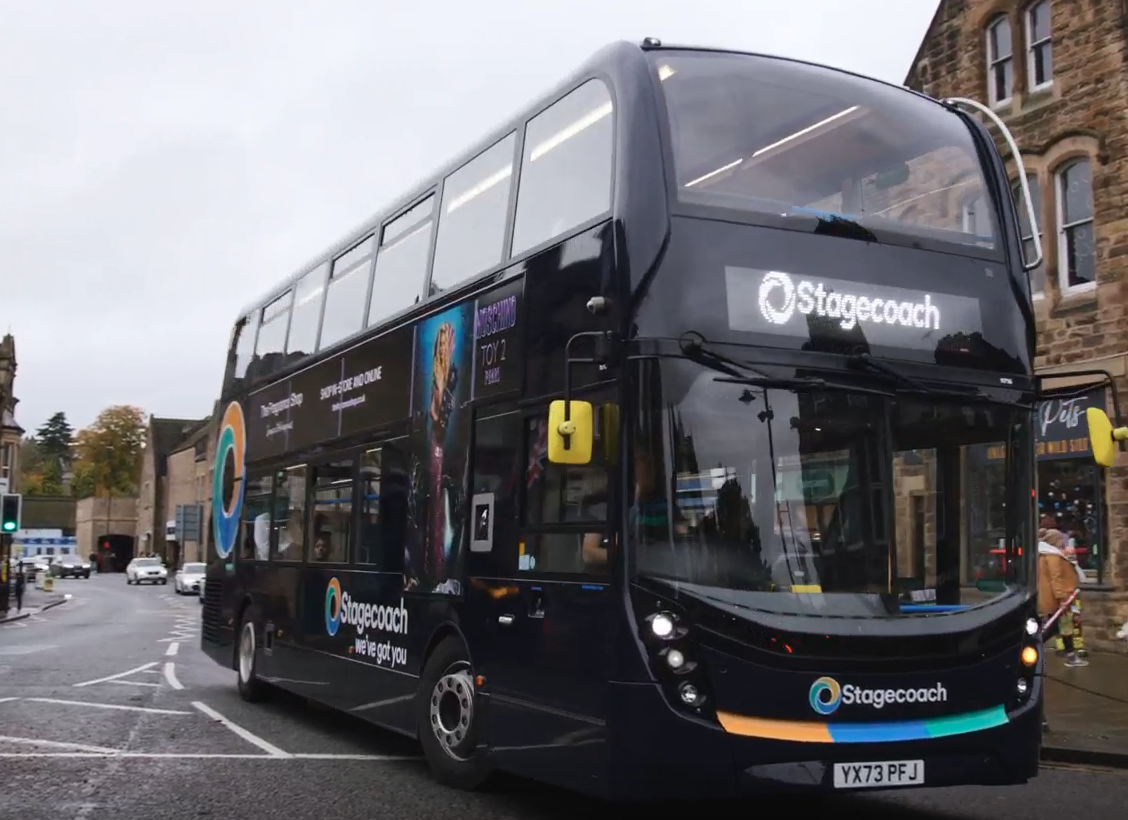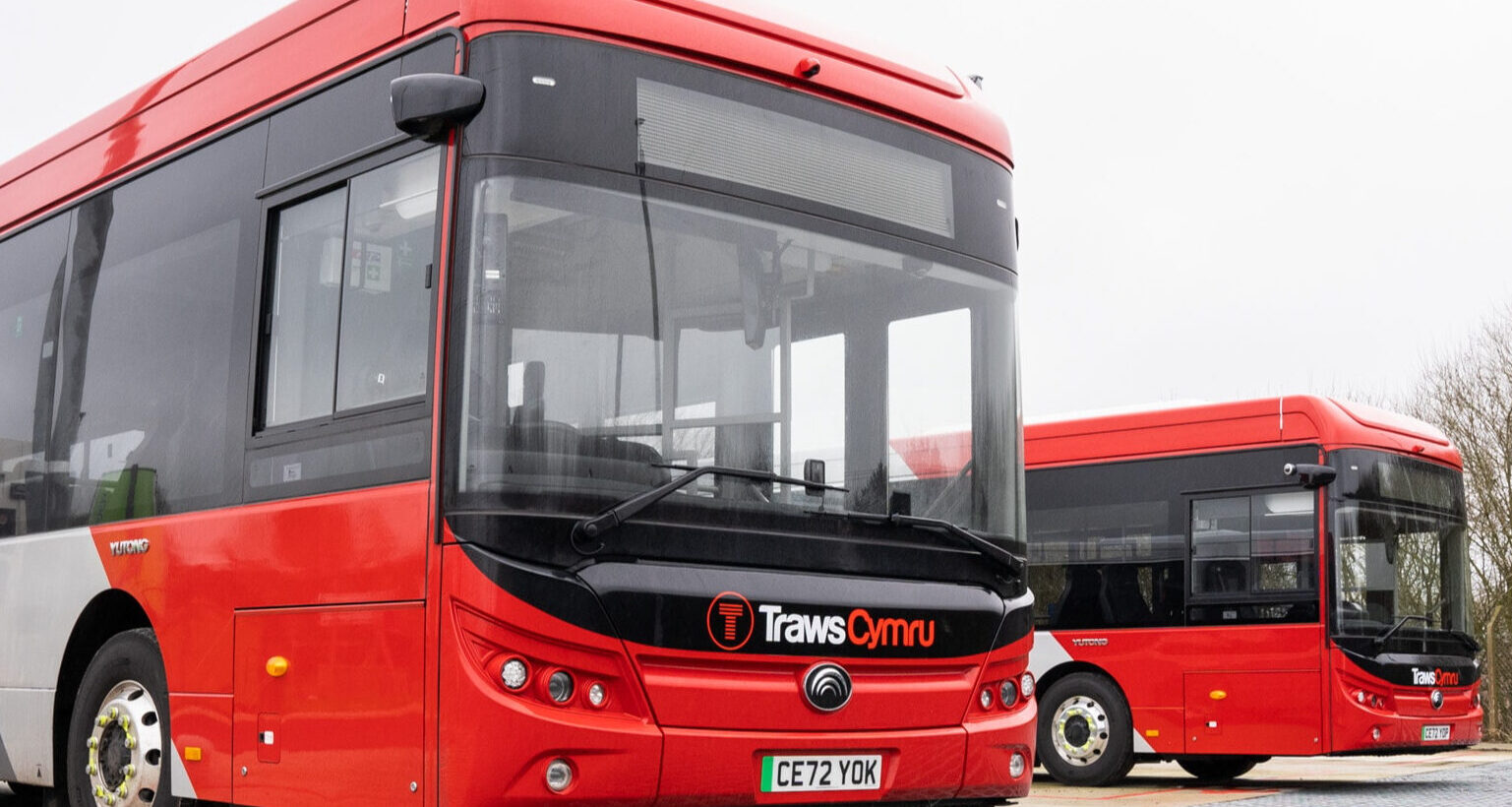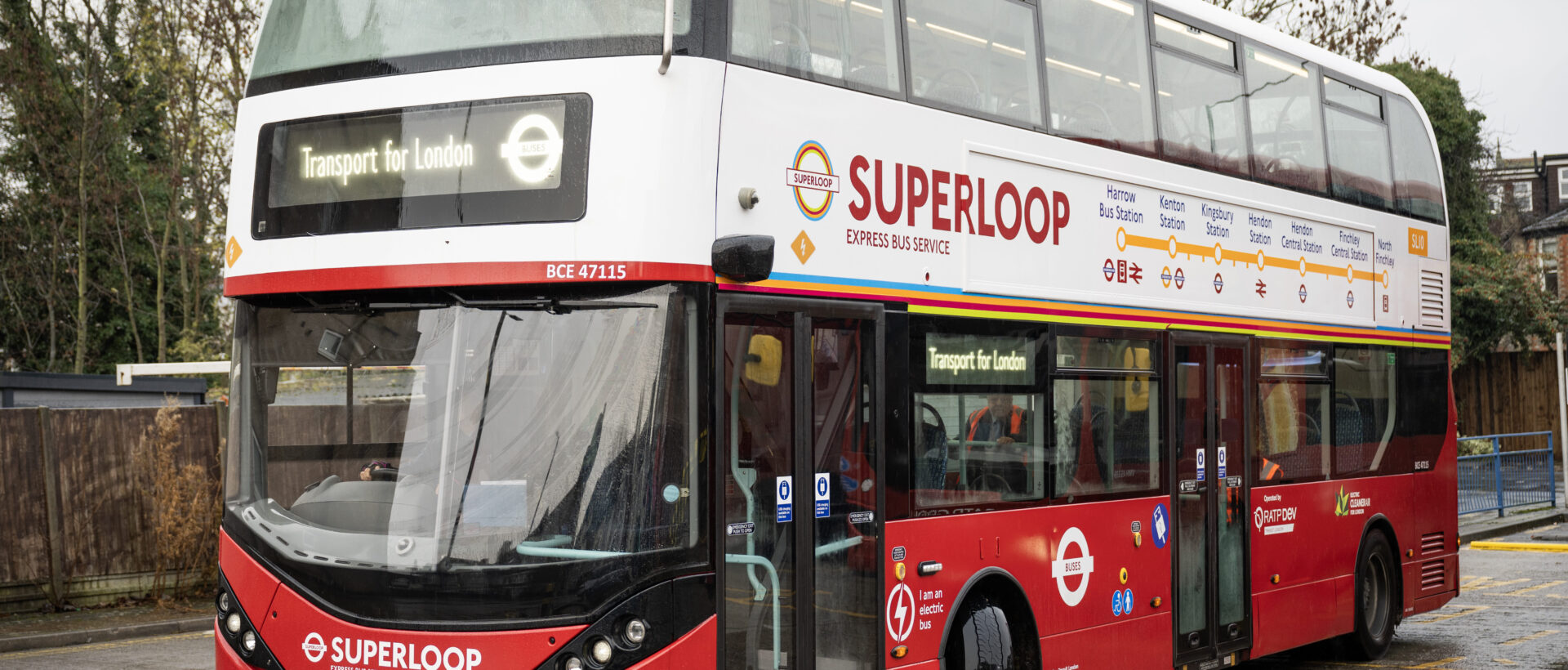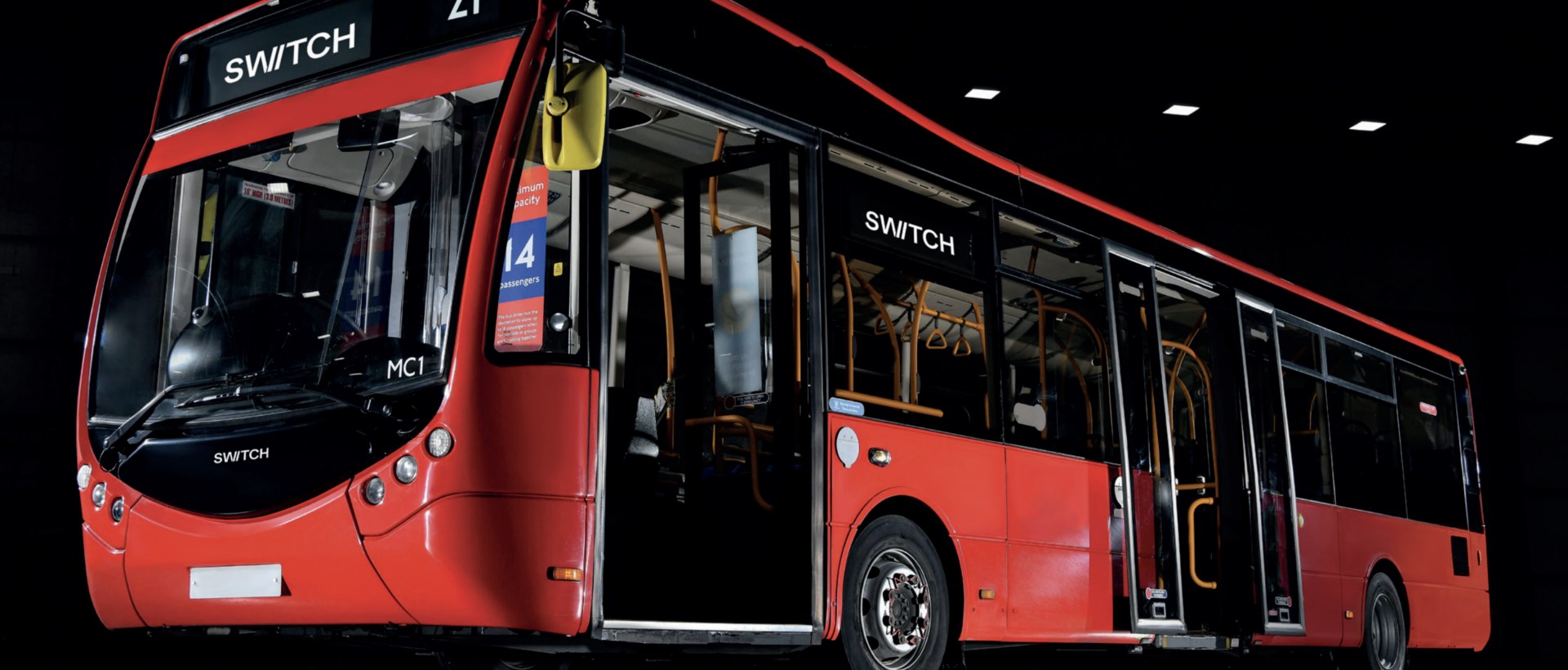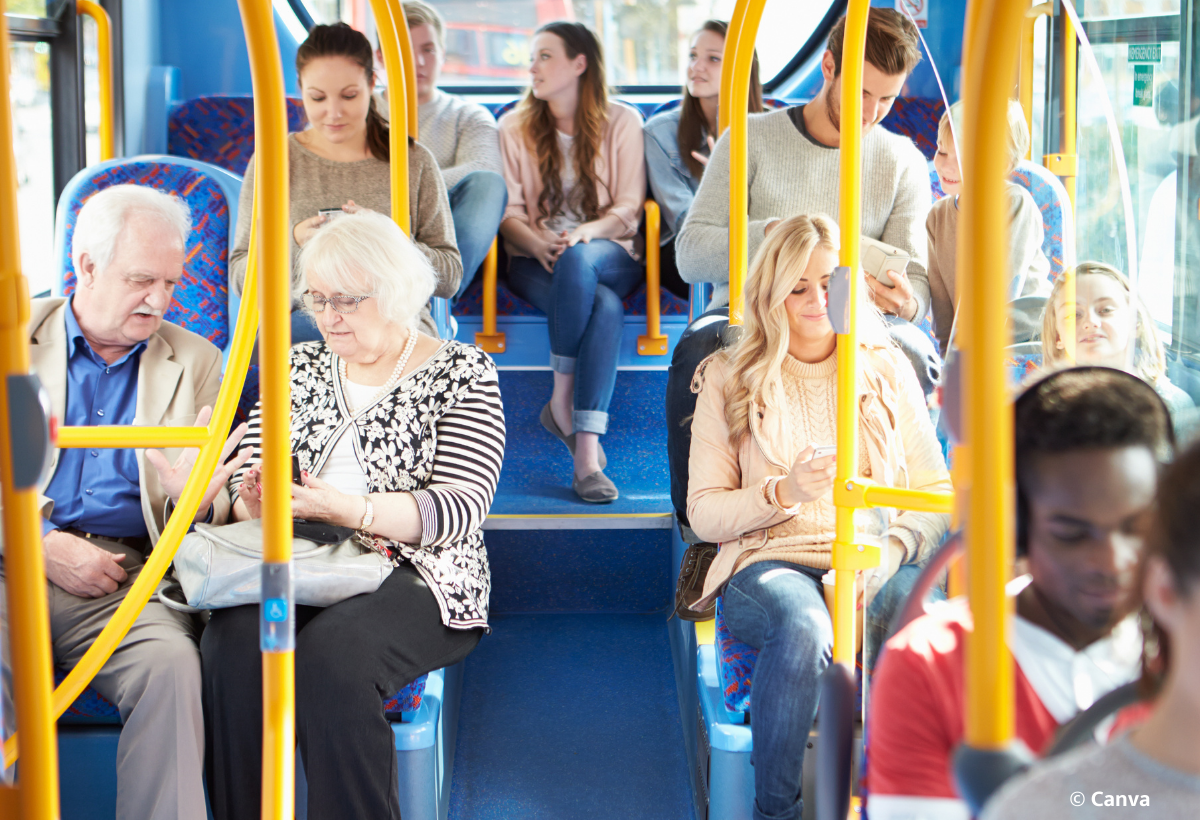Public transport options in east and southeast London have expanded today with the official opening of the Silvertown Tunnel, a new 1.4-kilometre river crossing linking Newham with the Greenwich Peninsula.
The new infrastructure is expected to ease congestion at the nearby Blackwall Tunnel, support economic growth, and increase bus capacity across the River Thames.
Transport for London (TfL) and Riverlinx Limited partnered on the delivery of the project. Riverlinx was responsible for the tunnel’s design, construction, financing, and ongoing operation over the next 25 years.
The scheme has been under development since it was first proposed in 2012 and underwent a review in 2016 to place greater emphasis on environmental and public transport priorities.
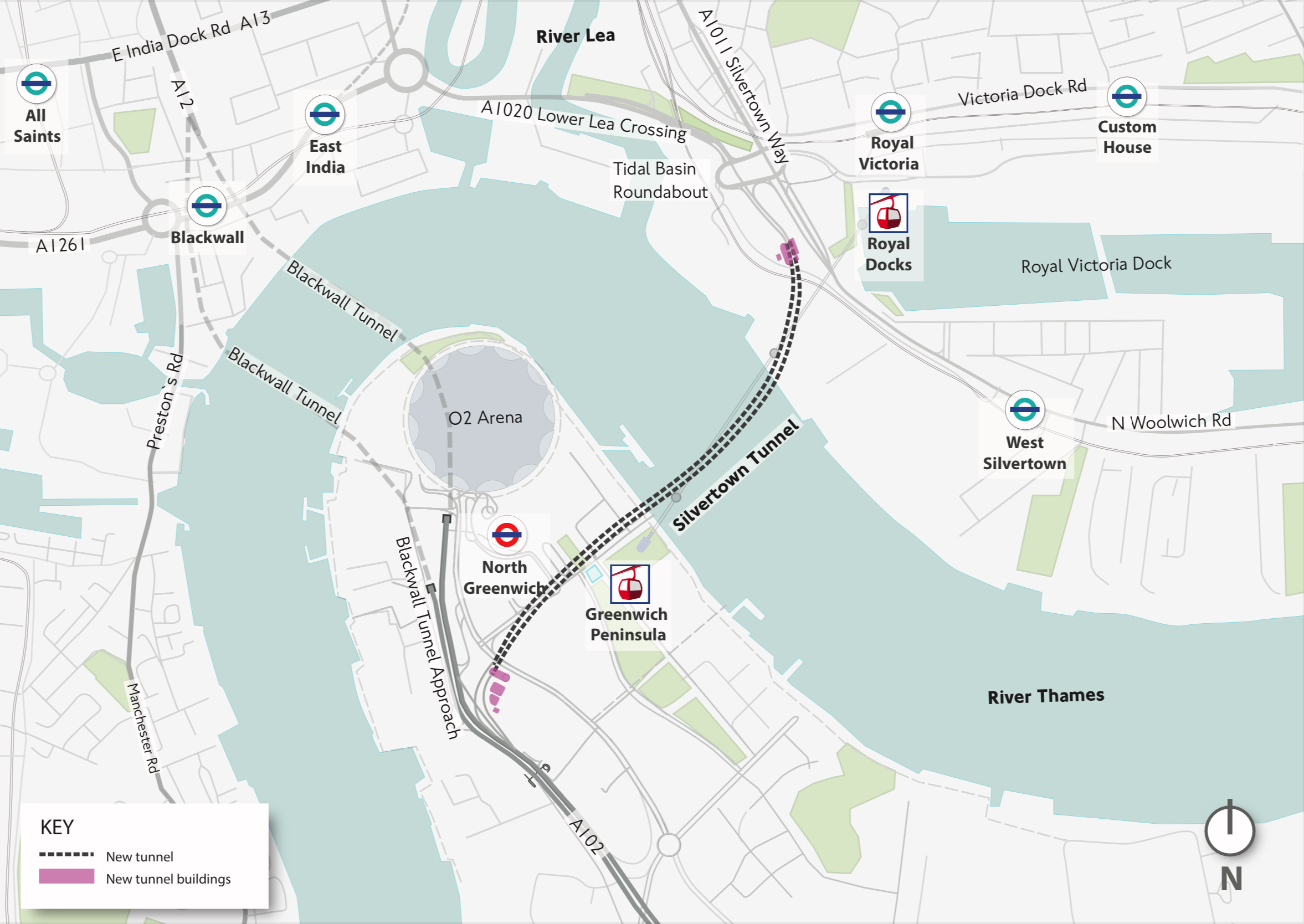
The opening of the Silvertown Tunnel allows for a major boost to cross-river bus services. The number of buses crossing the Thames in the area has increased from six to 21 per hour. These vehicles are zero-emission at the tailpipe and, as part of a launch initiative, will be free to use for at least one year for pay-as-you-go users.
One of the new services, the Superloop 4 (SL4), provides a direct connection between southeast London and Canary Wharf. This route will serve areas such as Blackheath, Lee, and Grove Park and will operate every eight minutes during weekdays.
The buses feature modern amenities, including USB charging points, high-backed seating, and improved onboard passenger information systems.
Alongside the new bus routes, a new cycle shuttle service has been introduced. This free service runs every 12 minutes between 06:30 and 21:30, with stops located near Royal Victoria DLR station in the north and Millennium Way in the south. The cycle shuttle is designed to provide a safe way for cyclists to cross the Thames.
To manage demand and fund the tunnel’s construction and ongoing maintenance, a user charge now applies for motorists to both the Silvertown and Blackwall tunnels between 06:00 and 22:00 daily.
The Mayor of London, Sadiq Khan, said:The new Silvertown Tunnel will transform travel in the South and East of our city, particularly across the River Thames, and will help to address the chronic congestion and poor air quality around Blackwall Tunnel. The new tunnel will reduce journey times, help to manage pollution levels and improve cross-river public transport.
The original plans for the Silvertown Tunnel were developed by the previous Mayor of London in 2012. We made a series of significant improvements to make the scheme greener and to include a package of measures to support Londoners, local residents and businesses. This includes ensuring there are discounts and concessions in place, reserving a lane for double-decker buses, a free innovative cycle-shuttle service and free bus travel for pedestrians, which will encourage more people to switch to greener modes of transport.
Construction of the tunnel began in 2021. During the project, more than 1.8 million tonnes of materials were transported via the Thames rather than road, removing around 125,000 heavy goods vehicle trips from local streets. The tunnel boring machine, named Jill in honour of London’s first female bus driver, was rotated within a specially built chamber in Greenwich to complete both tunnel bores – a UK engineering first. The project also supported over 120 apprenticeships and created employment opportunities for more than 90 previously unemployed individuals.
With the tunnel now operational, the land used during construction will be redeveloped as part of the Thameside West project. This major scheme is expected to deliver 5,000 homes and a new DLR station, contributing to the broader regeneration of the Royal Docks area, which will ultimately provide over 36,000 new homes and 55,000 jobs.
Andy Lord, London's Transport Commissioner said:The new Silvertown Tunnel is vital to supporting growth in east and southeast London and boosting cross-river bus services and I want to thank all the engineers, construction workers, designers and others who have worked so hard over the years to deliver this project successfully on time and on budget.
Supported by the user charges for the Silvertown and Blackwall tunnels, the new tunnel will also help reduce congestion and associated air quality issues around the Blackwall Tunnel, making journeys faster and more reliable, with average journey time savings expected to be up to 20 minutes at peak times. We have worked hard to ensure that, alongside the user charge, there is a package of supporting measures for Londoners and businesses. These will ensure that the new tunnel delivers on its objectives of reducing congestion and providing resilience at the Blackwall Tunnel, while supporting local residents on low income, small businesses, sole traders and local charities.



